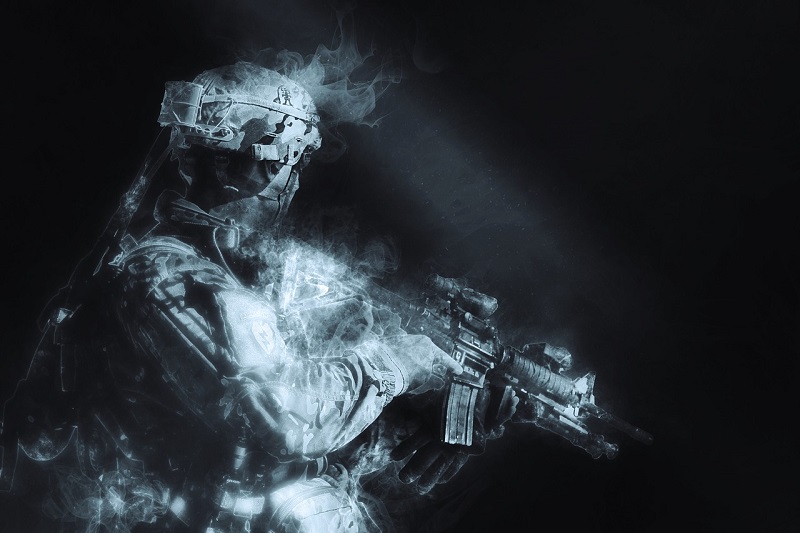Seeking to support first responders by providing the information they need to make smart decisions when purchasing night vision technologies, the Department of Homeland Security (DHS) Science and Technology Directorate (S&T) has released a new Request for Information. Commercial technologies accepted through the RFI will be included in a market survey by S&T’s National Urban Security Technology Laboratory (NUSTL). Interested industry partners have until 5:00 p.m. EST on December 10, 2020, to submit their products for inclusion.
Though portrayed in popular culture primarily as aids to military operations, night vision technologies are also important tools for responder agencies working to secure our communities in low- or no-light conditions. Night vision is crucial to spotting movement at checkpoints, for search and rescue efforts on the ground and by air, in maritime searches, for SWAT and other police searching and securing locations, and for EMTs supporting law enforcement operations and incident response.
Submittals to this RFI can be monocular or binocular and should utilize image intensification (I2) technology or integrated night vision capabilities. Devices having only thermal imaging capabilities are not being included in this market assessment.
“This project aims to provide information about advances in the image intensification type of devices commonly used by first responders,” said project lead Karin Decker. “It will also highlight the benefits of devices that integrate that technology with thermal imaging, which responders may not have much experience with.”
“I2 devices use light amplification to enable visibility in low-light environments,” explained NUSTL test engineer Joseph Jankovic. “Integrated night vision devices couple I2 technology with thermal imaging to provide an image of the surroundings that also allows for the detection of objects or targets of interest by their thermal signatures.”
The market survey report—produced by NUSTL’s System Assessment and Validation for Emergency Responders (SAVER) program—will be posted to the SAVER Document Library on the S&T website, where the findings can be accessed by state, local, and federal response agencies making procurement decisions about this type of technology.
For more information on the RFI prior to the December 10, 2020, submission deadline, visit the solicitation page.
Source: DHS









